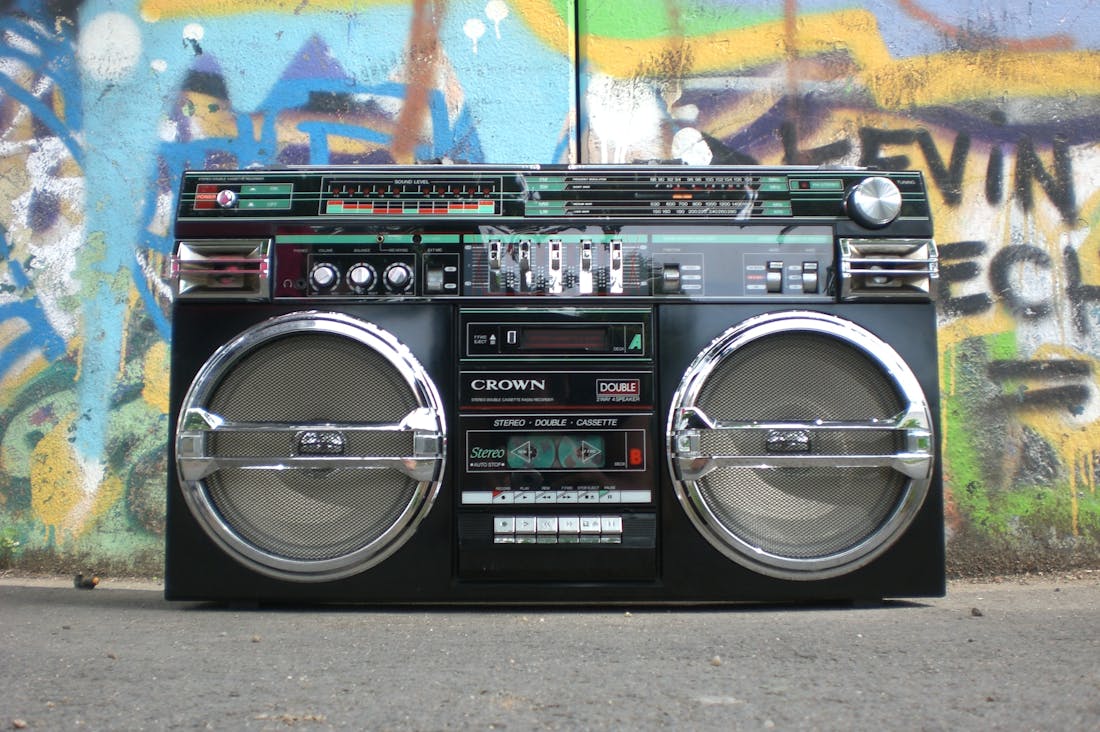Nostalgia, that bittersweet feeling that intertwines fond memories with a tinge of longing, plays a profound role in shaping our perception of the past. This emotional lens not only influences how we recall personal experiences but also colors collective memory, impacting culture and identity. Understanding this phenomenon reveals the complexities of human experience, highlighting how nostalgia can both enrich our lives and distort our understanding of history. By examining the mechanisms behind nostalgia, we uncover the ways it shapes our narratives, influences our choices, and fosters connections across generations, ultimately crafting a unique tapestry of memory that defines who we are.

The Emotional Pull of Memories
Memories wield a profound emotional pull, shaping our identities and influencing our current experiences. They serve as threads that weave together our past, present, and future, allowing us to relive moments of joy, sorrow, nostalgia, and growth. The sensory details associated with memories—the sights, sounds, scents, and feelings—can provoke vibrant recollections that bring both comfort and pain. For instance, a familiar scent may transport us back to a childhood home or a song might evoke a bittersweet recollection of lost love. These emotional resonances can anchor us during challenging times, reminding us of resilience or cherished connections, illustrating the deeply intertwined nature of memory and emotion in the human experience. In essence, memories are not just echoes of the past; they are living experiences that shape our present emotions and perspectives, guiding our journey through life.

How Culture Shapes Our Nostalgic Views
Culture plays a pivotal role in shaping our nostalgic views by providing a framework through which we interpret and remember our past experiences. It influences the values, traditions, and shared memories that define a community, thereby coloring our personal recollections. For example, cultural narratives found in music, film, literature, and art can invoke nostalgia by evoking emotions associated with specific time periods or societal events. Additionally, cultural rituals, like family gatherings or national holidays, can create collective memories that amplify feelings of longing for the past. Ultimately, our nostalgic sentiments are not merely individual experiences; they are deeply intertwined with the cultural context that frames our understanding of history and identity.

The Role of Media in Memory Formation
The role of media in memory formation is significant, as it shapes not only how we perceive events but also how we recall them. Media serves as a primary source of information, influencing public discourse and personal narratives. Through news broadcasts, social media platforms, films, and literature, media provides cues that can enhance or distort our memories. The process of encoding memories is often influenced by the framing, context, and emotional tone presented by various media outlets. Furthermore, repeated exposure to specific themes or narratives can solidify particular memories, creating a collective consciousness around shared experiences. This interrelationship highlights the power media wields in constructing shared memories and cultural identities, ultimately affecting how societies remember their histories. As our engagement with media evolves, especially with the rise of digital platforms, understanding its impact on memory formation becomes increasingly crucial in contexts ranging from historical interpretation to personal identity.
The Psychology Behind Nostalgia and Memory
Psychological research reveals that nostalgia serves not only as a coping mechanism but also as a bridge to reconnect with our past selves. When individuals experience nostalgia, they frequently report feelings of happiness, social connectedness, and a sense of meaning in their lives. This emotional response can be triggered by various stimuli, such as photographs, music, or familiar places, which evoke vivid memories. Moreover, nostalgia can enhance mood and foster resilience during times of stress by reminding us of positive experiences and relationships. Therefore, understanding the psychological underpinnings of nostalgia can provide valuable insights into its therapeutic potential and its ability to promote emotional well-being.
Nostalgia in Modern Digital Culture
In today's digital age, nostalgia has found new expressions through social media platforms and online communities. The ease of sharing memories, be it through photos or status updates, allows individuals to curate their own narratives and connect with others who share similar experiences. Platforms like Facebook and Instagram often feature 'memory' reminders, prompting users to revisit past moments, which can intensify feelings of nostalgia. Additionally, nostalgia marketing has emerged as a powerful tool for brands, tapping into consumers' emotional connections to the past to create compelling advertisements. This phenomenon reflects how digital culture not only enables the preservation of memories but also reshapes how we collectively engage with our histories.
The Impact of Nostalgia on Personal Relationships
Nostalgia significantly influences personal relationships by enhancing bonds and fostering intimacy among individuals. Shared nostalgic memories can serve as a foundation for deeper connections, allowing individuals to reminisce about experiences that shaped their relationships. Whether it’s recalling a memorable trip, a significant event, or even the simple joys of daily life, these memories can create a sense of shared identity and belonging. Moreover, nostalgia can act as a buffer during conflicts, reminding individuals of their positive experiences together and reinforcing their commitment to one another. In this way, nostalgia is not merely a reflection of the past; it actively contributes to the present dynamics of relationships.
Exploring Nostalgia Through Art and Literature
Art and literature have long been vehicles for exploring nostalgia, allowing creators to convey complex emotions tied to memory and longing. Many artists draw inspiration from their own pasts, using their work as a means of processing and expressing nostalgic sentiments. This can be seen in various forms, from novels that evoke a bygone era to paintings that capture the essence of lost moments. Furthermore, literary themes often revolve around the tension between past and present, illustrating how nostalgia shapes characters’ identities and experiences. By engaging with these artistic expressions, audiences can reflect on their own relationships with time and memory, fostering a deeper understanding of the impact of nostalgia on human experience.
AI-Assisted Content Disclaimer
This article was created with AI assistance and reviewed by a human for accuracy and clarity.